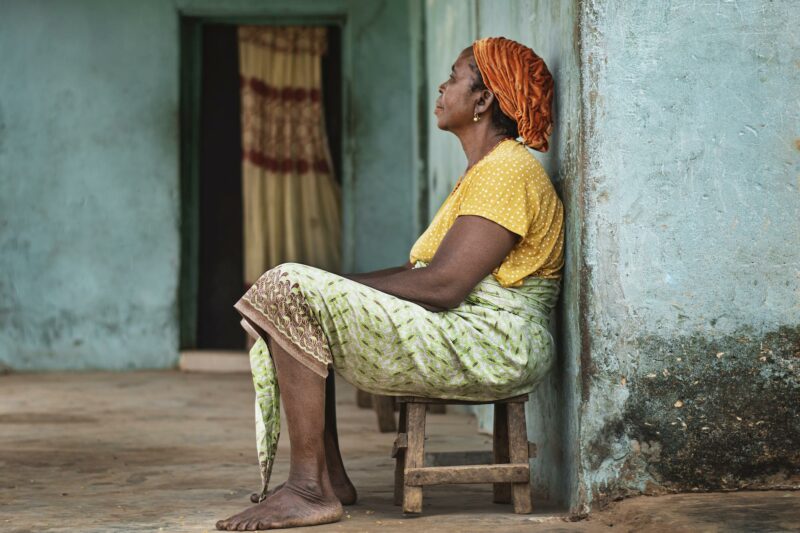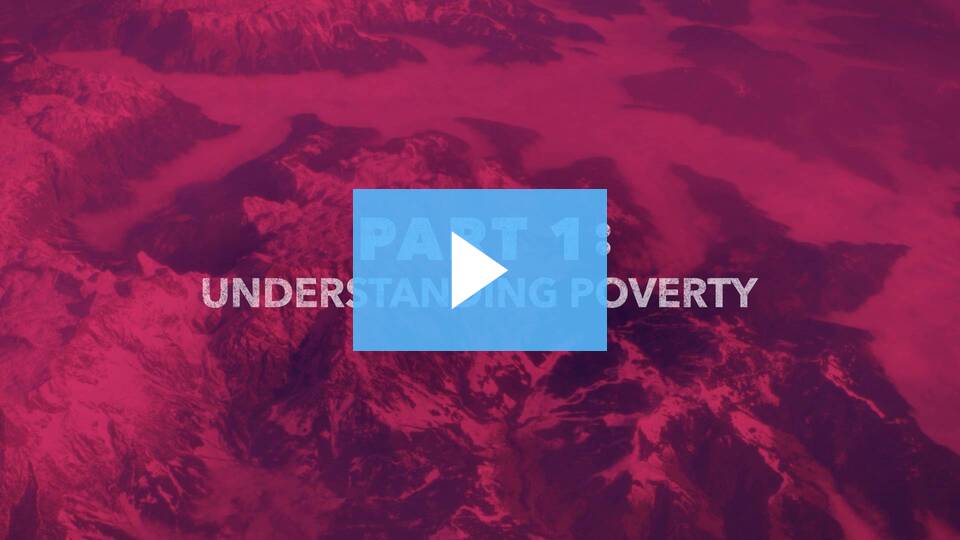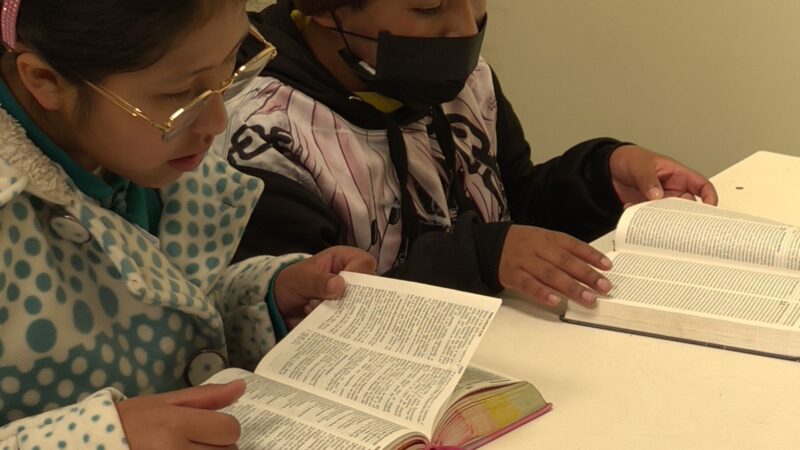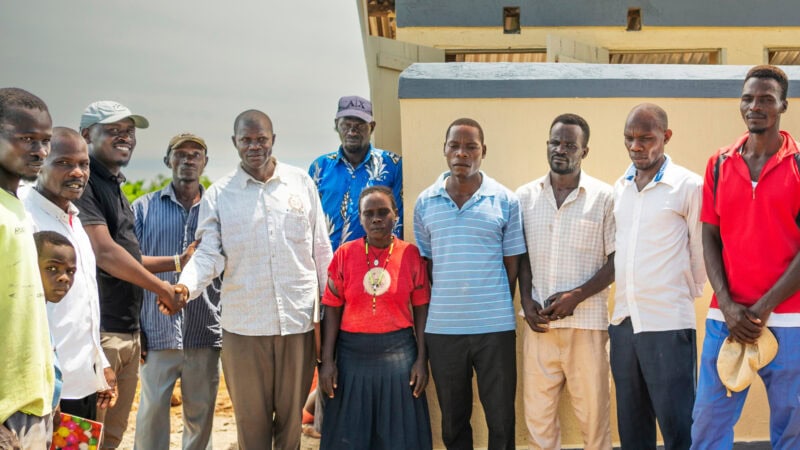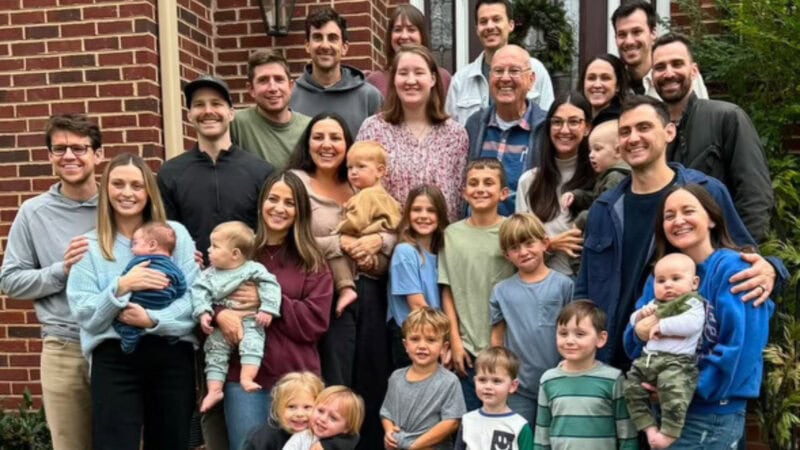You may not realize it, but right now at least 698 million people are stuck living in extreme poverty.¹ That’s approximately 9% of the world’s population. Most of these impoverished people live in either Sub-Saharan Africa or South Asia, but not exclusively.
Although the number of extreme poor had been steadily decreasing, in 2020 those numbers started skyrocketing. Turmoil in the Middle East, wars in Ukraine and Israel and record inflation have pushed over 70 million people into extreme poverty. ²
This truth may seem overwhelming and many of us want to entirely ignore the reality of abject poverty. But we refuse to stick our heads in the sand. At Bright Hope, we have 55+ years of expertise and a proven model to help struggling families increase their incomes and opportunities for a bright future. Read more to find out how!
Contents:
- What is Abject Poverty?
- What’s the Difference between Poverty and Abject Poverty?
- Other Types of Poverty
- Who Lives in Abject Poverty?
- Final Thoughts
What is Abject Poverty?
The U.N. has established a universal standard to measure global poverty. Those who make a daily income of $2.15 or less are the “extreme poor.” (At Bright Hope, we round this number to $2 to simplify.)
The extreme poor often feel hopeless and forgotten. They expend all their energy trying to find work to pay for their family’s most basic needs. Children frequently go to bed hungry. Families live in overcrowded, rudimentary housing structures and many practice open defecation. Educational opportunities are nonexistent. Most receive little to no medical care. The overwhelming majority have no access to safe, clean water. It is a hard life!
What’s The Difference Between Poverty And Abject Poverty?
Relative Poverty
In most cases, individuals living in poverty still have access to food, clean water, shelter, government assistance and basic health services. These individuals may be underemployed, but still have jobs and some form of ongoing income.
Abject or Extreme Poverty
Those living in abject or “extreme” poverty, on the other hand, barely survive on less than $2.15 per day. They have no access to clean water, not enough food to meet basic dietary needs, no medical care and no hope for change. Practically, abject poverty looks like parents forgoing meals to feed their kids one small bowl of rice each day, foraging for edible plants and drinking dirty water from a lake an hour away from home. And “home” is usually a mud hut with a thatch roof and dirt floors.
Are There Other Types of Poverty?
If you do some more research, you will discover that there are six different types of poverty in the United States: situational, generational, absolute, relative, urban and rural. Here’s a description of each.
Situational Poverty
This type of poverty can invade almost anyone’s life when a devastating health crisis, sudden job loss, or divorce occurs. Situational poverty is often temporary but threatens to push families living paycheck-to-paycheck into a more permanent type of poverty.
Generational Poverty
Families stuck in poverty for more than two generations fall into this category. Generational poverty conditions family members to live in survival mode rather than planning mode. Often, they can’t even see a way out of poverty so creative problem solving to break the cycle doesn’t happen.
Absolute Poverty
Individuals and families stuck in absolute poverty have NO resources, not enough food for basic survival, no access to health care, and are often homeless. Among developed nations, America has the highest rate of food insecurity.
Relative Poverty
Families living in relative poverty make less than 50% of the average income and live paycheck-to-paycheck, but they can still put food on the table.
Rural Poverty
This type of poverty includes lack of access to high-speed internet, other technology, childcare, and education. During the pandemic shift to online schooling, kids confined by rural poverty had little to no access to educational instruction.
Urban Poverty
Those enduring urban poverty may have access to internet and technology, but they struggle to find affordable, safe housing, and face issues with sanitation and overcrowding.
Who Lives In Abject Poverty?
For many of us living in developed nations, the reality of abject poverty is hard to imagine. To give you a glimpse into this harsh reality, we want to introduce you to some incredible individuals we’ve met over the years.
- Meet Emily and her family, living in the slums of Mathare Valley. Not enough food for all members of the family (Kids often go to bed hungry, and parents forgo meals in order for their kids to have more.)
- Experience life in an over-crowded, unsanitary informal housing establishment. No indoor plumbing, bathrooms, hygiene, or sanitation.
- Travel to Haiti, where many families spend hours a day searching for clean water. Very little to no access to clean water.
- Discover life with No access to education, job training or opportunities to improve the future.
Final Thoughts
Whether we call it extreme poverty or abject poverty, it’s devastating to the long-term physical, emotional and spiritual health of those stuck in it. But you can join the mission to eliminate abject poverty!
For more than 55 years, together with our steadfast Allies, our Transformation Model has shown families across the globe the path out of extreme poverty. We want to show you how to break the abject poverty cycle permanently, one family at a time! Let’s join our hearts and prayers and share Hope for Today, Tomorrow and Eternity with the forgotten poor around the world.
Sources:

